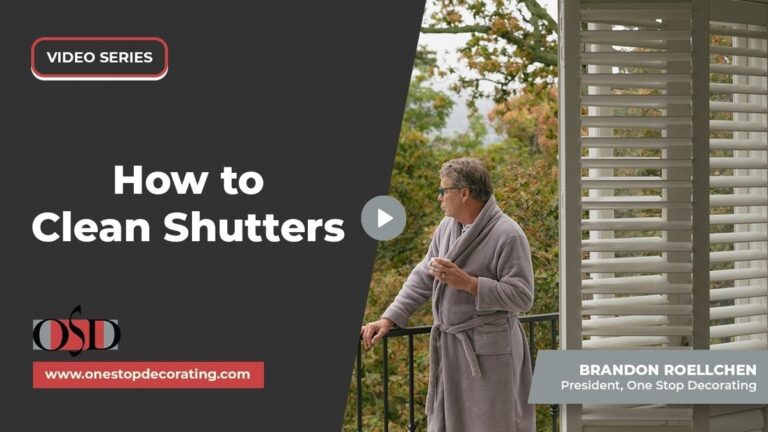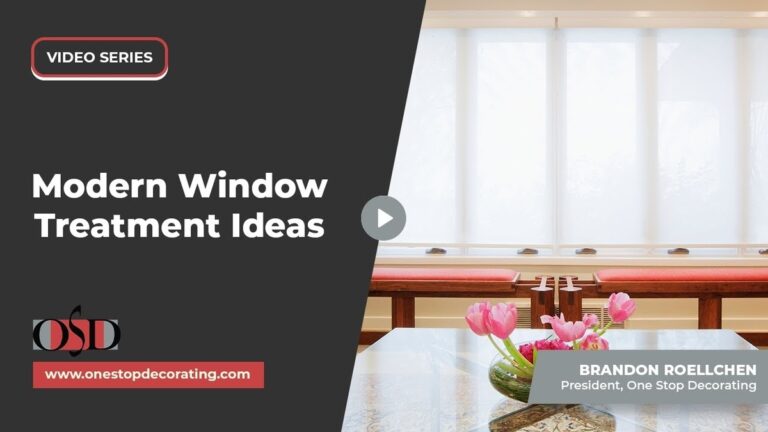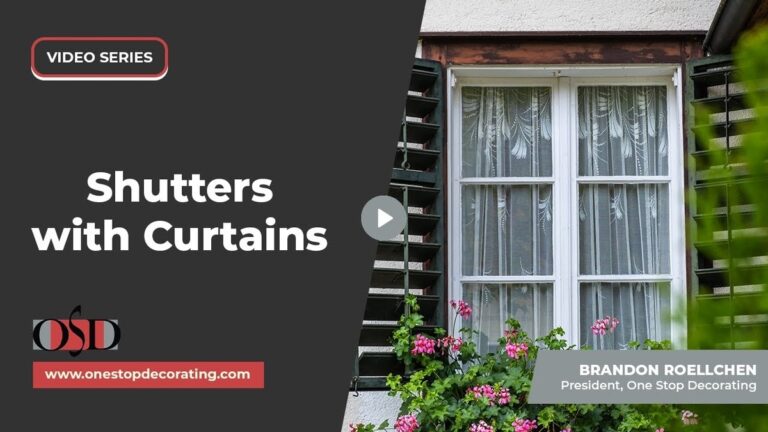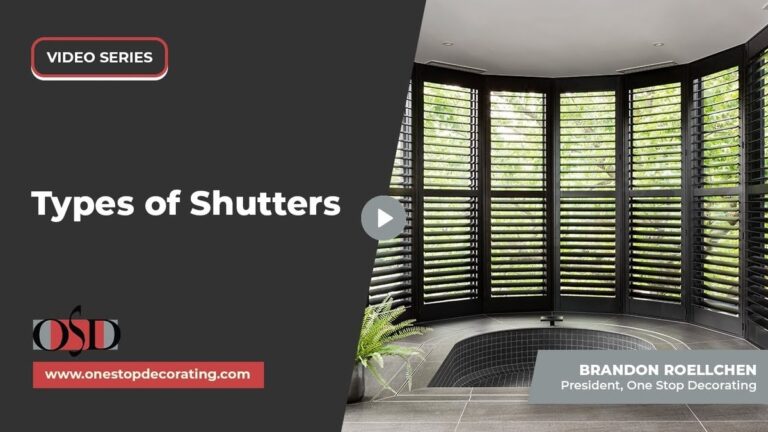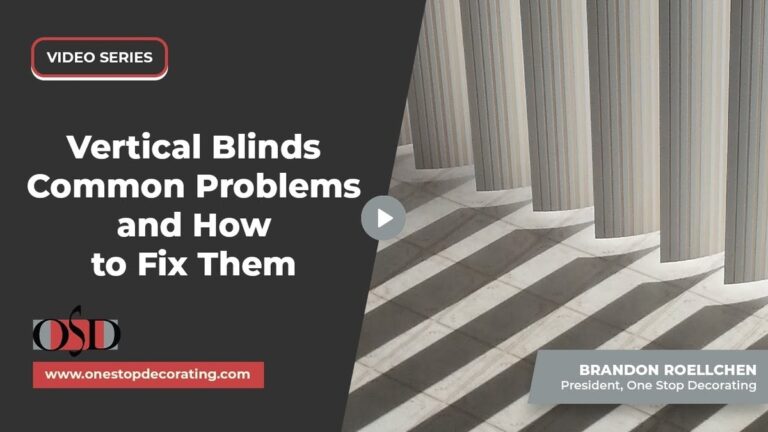Proper maintenance starts with understanding how to protect and clean the finish on your plantation shutters. These shutters are made to last, offering lasting strength and simple upkeep when cared for the right way. Using safe methods keeps their surface smooth and operating as intended.
At One Stop Decorating, we recommend proven cleaning practices that safeguard the material and extend the life of every shutter. Our approach ensures lasting performance and a consistently refined look.
Why Plantation Shutters Are Easy to Maintain
Plantation shutters are popular because they’re made to last and require very little upkeep. The large louvers make them simple to reach and clean, and their solid construction means fewer parts to worry about. Many homeowners choose shutters for this reason; they stay beautiful and functional with minimal effort.
Designed for Durability
Shutters hold up for years because there are not many working parts that can fail. Their structure makes them stable, reliable, and easy to operate, even after long-term use.
Built for Easy Cleaning
The wide louvers and spacing between each slat allow you to easily fit your hand or cloth through when dusting. For hidden tilt shutters, cleaning is even easier since there’s no tilt rod in the center to work around.
Key Takeaway: Plantation shutters are designed with practicality in mind. Their simple design means they stay cleaner longer and can handle regular upkeep without hassle.
Need expert help with new shutters or maintenance? Contact One Stop Decorating for a free consultation. Our team can guide you in choosing, operating, and caring for your shutters to ensure they last a lifetime.
How to Clean Plantation Shutters Properly
Step 1: Use a Dry Cloth to Dust
A soft, dry cloth is the best tool for removing dust and cobwebs. Simply wipe along each louver, working from top to bottom. The goal is to remove surface debris without applying too much pressure.
Step 2: Use a Damp Rag for Vinyl or Composite Shutters
If your shutters are vinyl or composite, you can use a slightly damp rag to remove any spots or buildup. This helps clean without harming the finish. Avoid soaking the cloth; just damp enough to lift light dirt.
Step 3: Avoid Harsh Products or Chemicals
We don’t recommend using spray cleaners, polish, or any type of chemical solution. These products can damage the finish on your shutters and cause discoloration over time. Keeping cleaning methods simple ensures your shutters last as long as possible.
Pro Tip: A gentle wipe with a dry or slightly damp cloth is all you need. Less is more when it comes to cleaning plantation shutters.
Do’s and Don’ts for Shutter Care
Do’s
- Dust regularly using a soft, dry cloth.
- Use a damp rag only on vinyl or composite materials.
- Open and close the louvers by gently grabbing the louver, not the tilt rod.
- Teach cleaning staff how the shutters operate before cleaning them.
Don’ts
- Don’t use harsh cleaners, sprays, or chemicals.
- Don’t oversaturate the cloth with water.
- Don’t force the louvers open or closed.
- Don’t allow anyone unfamiliar with shutter operation to handle them roughly.
Key Takeaway: The right method keeps shutters clean without affecting their finish. Gentle, consistent cleaning is the best long-term approach.
Why Proper Cleaning Prevents Damage
Some people bring in broken blinds for repair because they or their cleaning staff weren’t familiar with how to operate them. Plantation shutters don’t have that problem. They’re easy to open, close, and maintain, making them one of the most durable window treatments available.
Keep Your Shutters Looking New for Years
Learning how to clean plantation shutters correctly keeps them looking their best for years. Use a dry cloth for dusting, a damp rag for light cleaning, and never use chemicals or sprays that can harm the finish. These simple steps protect both the look and longevity of your shutters.
At One Stop Decorating, we take pride in helping homeowners get the most from their window treatments. If your shutters need care, replacement, or a design update, reach out today to schedule your free consultation.

